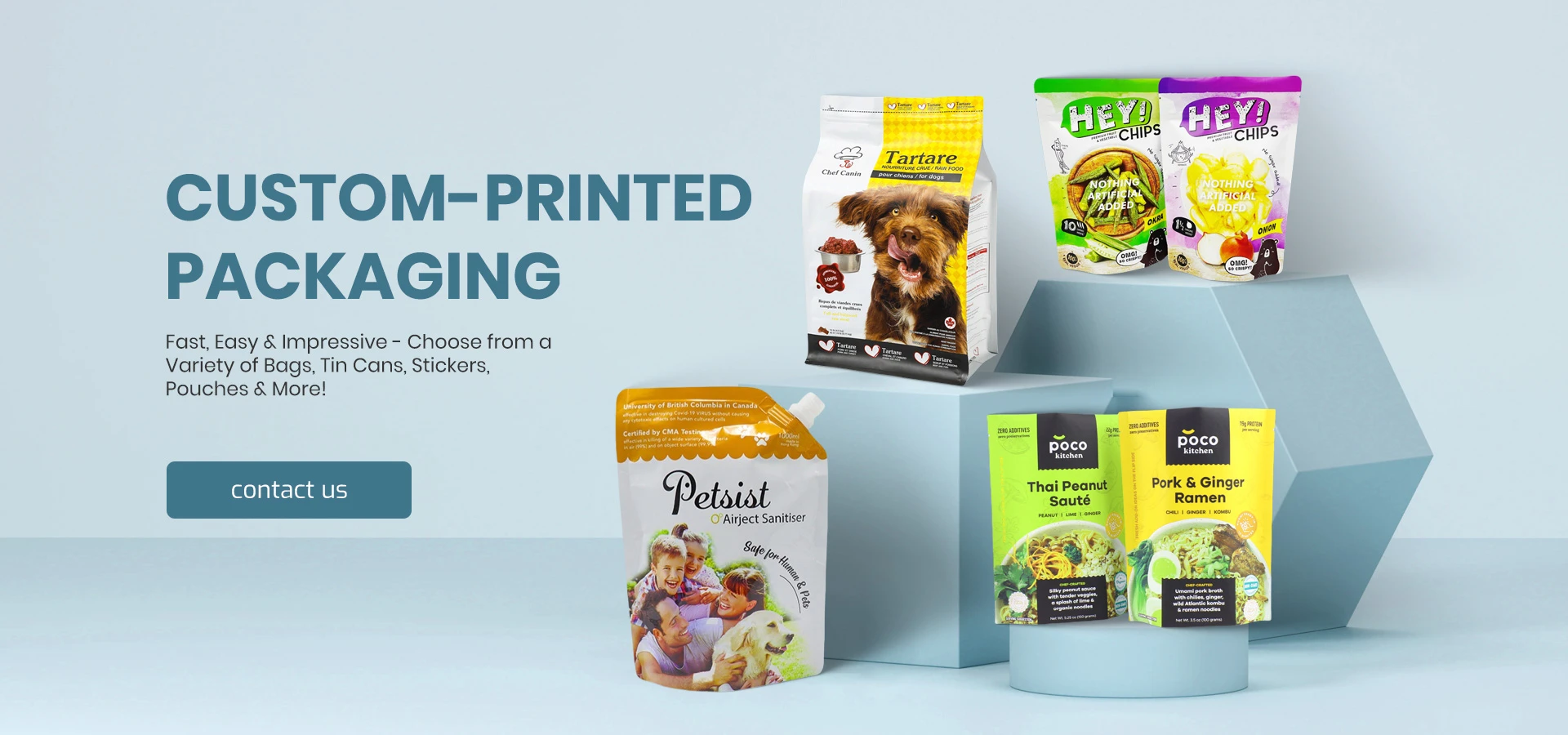- Afrikaans
- Albanian
- Amharic
- Arabic
- Armenian
- Azerbaijani
- Basque
- Belarusian
- Bengali
- Bosnian
- Bulgarian
- Catalan
- Cebuano
- chinese_simplified
- chinese_traditional
- Corsican
- Croatian
- Czech
- Danish
- Dutch
- English
- Esperanto
- Estonian
- Finnish
- French
- Frisian
- Galician
- Georgian
- German
- Greek
- Gujarati
- haitian_creole
- hausa
- hawaiian
- Hebrew
- Hindi
- Miao
- Hungarian
- Icelandic
- igbo
- Indonesian
- irish
- Italian
- Japanese
- Javanese
- Kannada
- kazakh
- Khmer
- Rwandese
- Korean
- Kurdish
- Kyrgyz
- Lao
- Latin
- Latvian
- Lithuanian
- Luxembourgish
- Macedonian
- Malgashi
- Malay
- Malayalam
- Maltese
- Maori
- Marathi
- Mongolian
- Myanmar
- Nepali
- Norwegian
- Norwegian
- Occitan
- Pashto
- Persian
- Polish
- Portuguese
- Punjabi
- Romanian
- Russian
- Samoan
- scottish-gaelic
- Serbian
- Sesotho
- Shona
- Sindhi
- Sinhala
- Slovak
- Slovenian
- Somali
- Spanish
- Sundanese
- Swahili
- Swedish
- Tagalog
- Tajik
- Tamil
- Tatar
- Telugu
- Thai
- Turkish
- Turkmen
- Ukrainian
- Urdu
- Uighur
- Uzbek
- Vietnamese
- Welsh
- Bantu
- Yiddish
- Yoruba
- Zulu
primary packaging secondary packaging tertiary packaging
Understanding Primary, Secondary, and Tertiary Packaging A Comprehensive Guide
In the world of manufacturing and retail, packaging plays a crucial role in the presentation, protection, and preservation of products. It serves not only as a means to contain products but also as a vital marketing tool that shapes consumer perceptions. Packaging is generally classified into three main categories primary, secondary, and tertiary packaging. Each level of packaging has its unique function, materials, and implications for logistics and sustainability.
Primary Packaging
Primary packaging is the first layer of packaging that directly contacts the product. This type includes materials such as bottles, boxes, wrappers, and blister packs. The primary packaging serves several essential functions it protects the product from environmental factors such as moisture and contamination, it ensures product safety during transportation and handling, and it offers vital product information to consumers through labels. Additionally, primary packaging is often designed with user convenience in mind, featuring easy-open designs or resealable components which cater to consumer preferences.
For instance, a glass bottle containing beverage represents primary packaging. The bottle not only keeps the liquid fresh and safe but also displays branding, nutritional information, and usage instructions. The design and material used for primary packaging can significantly influence consumer choice at the point of sale, making it an essential aspect of product marketing.
Secondary Packaging
Secondary packaging is the layer that holds and protects primary packaged products. It is generally used for grouping several primary packages together for easier handling and storage. Common forms of secondary packaging include cardboard boxes, shrink wraps, and multi-pack containers. While secondary packaging does not come into contact with the product directly, its importance cannot be underestimated.
primary packaging secondary packaging tertiary packaging

Secondary packaging serves multiple purposes it provides additional protection against damage during transit, facilitates logistics and distribution, and offers branding opportunities that reinforce product identity. For example, a carton containing six bottles of the previously mentioned beverage showcases the brand logo and graphics, helping to attract attention and provide essential product details in a consolidated format. Furthermore, secondary packaging plays a crucial role in retail display, influencing how products are presented on store shelves.
Tertiary Packaging
Tertiary packaging is the outermost layer that is used primarily for bulk handling, storage, and shipping. This type of packaging encompasses pallets, crates, and shipping containers, and it is generally utilized to transport large quantities of product units. The primary function of tertiary packaging is to optimize the supply chain process, ensuring that products arrive safely at their destination while maximizing efficiency.
Effective tertiary packaging can significantly reduce transportation costs and minimize damage during transit. For example, when shipping a large number of products, using durable pallets ensures that the secondary packages remain intact and organized. Tertiary packaging also aids in inventory management, making it easier to track shipments and maintain stock levels.
The Sustainable Packaging Challenge
With the growing awareness of environmental issues, sustainable packaging has become a priority across all three levels. Companies are now exploring materials that are recyclable, biodegradable, or made from renewable resources. This shift not only addresses consumer demand for eco-friendly practices but also aligns with global sustainability goals.
In conclusion, understanding the three types of packaging—primary, secondary, and tertiary—is essential for anyone involved in product development, marketing, and logistics. Each level of packaging serves its unique purpose, contributing significantly to product protection, consumer appeal, and supply chain efficiency. As businesses continue to innovate and adapt to changing consumer preferences, the packaging industry will also evolve, focusing more on sustainability while still meeting the demands of modern commerce.













